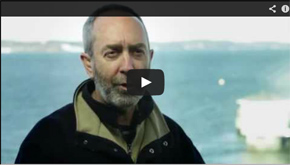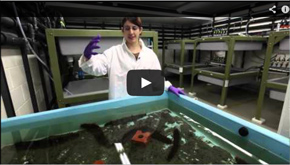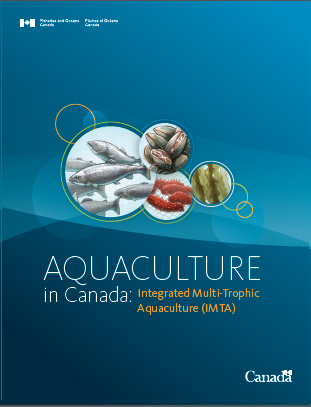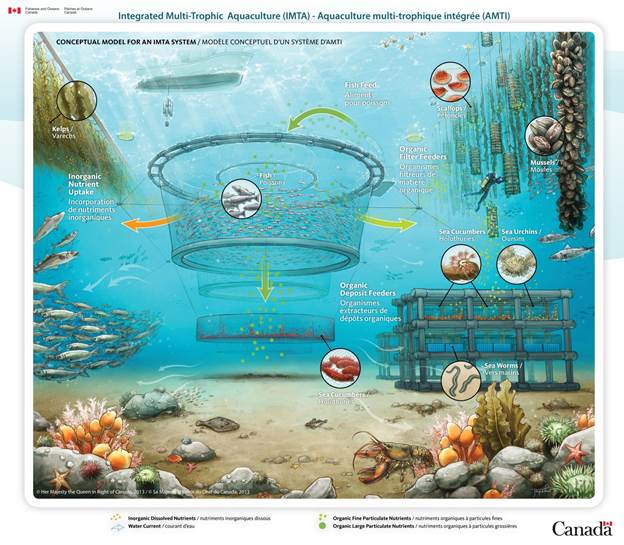Integrated Multi-Trophic Aquaculture
Over the past decade, scientists have studied ways to improve the productivity and environmental sustainability of marine aquaculture practices. This includes examining the economic and environmental benefits of growing finfish, shellfish and marine plants together – an idea now known as integrated multi-trophic aquaculture.
Integrated multi-trophic aquaculture borrows a concept from nature; namely, that in the food chain, one species always finds a feeding niche in the waste generated by another species. Researchers thus tested the theory that nutrients fed to finfish would generate high-quality organic and inorganic waste that shellfish and marine plants depend on to grow.
In New Brunswick, for example, a team of scientists studied the combined culture of salmon, kelp, and blue mussels at several aquaculture sites for more than five years. The fine particulate wastes from the salmon cages, including from food pellets, were extracted by the mussels, while the kelp absorbed the dissolved inorganic waste created by the farm. This “recycling” of aquaculture nutrients led to a reduction of the waste products in the marine environment, including on the ocean floor. It also decreased the risk of algal blooms and cloudy water around the integrated multi-trophic aquaculture site.
Research conducted in British Columbia achieved similar results. Between 2007 and 2009, for example, a full-scale operation examined the combined culture of five species: sablefish, sea cucumber, sea urchin, shellfish, and kelp. Among the results, sea cucumbers were found to use the waste deposits below fish pens as a food source and did not appear to accumulate heavy metals or other trace contaminants.
Designing an effective IMTA system. An effective IMTA operation requires the selection, arrangement and placement of various... read more...
Integrated multi-trophic aquaculture regulations
To put the results of integrated multi-trophic aquaculture research into commercial practice, aquaculture regulations first had to be amended. For example, operators licensed to farm salmon also needed to be licensed to culture shellfish and marine plants on the same site. New procedures also had to be developed and added to the Canadian Shellfish Sanitation Program to ensure that facilities practicing this kind of aquaculture adhered to the same food safety standards required for shellfish-only culture operations.
As a result, today’s operators of this kind are required to have an integrated multi-trophic aquaculture management plan which includes, among other factors, a detailed hazard analysis of all critical control points on the site. Integrated multi-trophic aquaculture operations must also have a documented statement that all shellfish products destined for interprovincial or international trade will be processed in a federally registered fish processing establishment as required by Canada’s Fish Inspection Regulations.
- Procedure for development, approval, and review of an integrated multi-trophic aquaculture management plan (Shellfish sanitation manual of compliance, Canadian Food Inspection Agency)
- Canadian Shellfish Sanitation Program
More information:
- Date modified:



